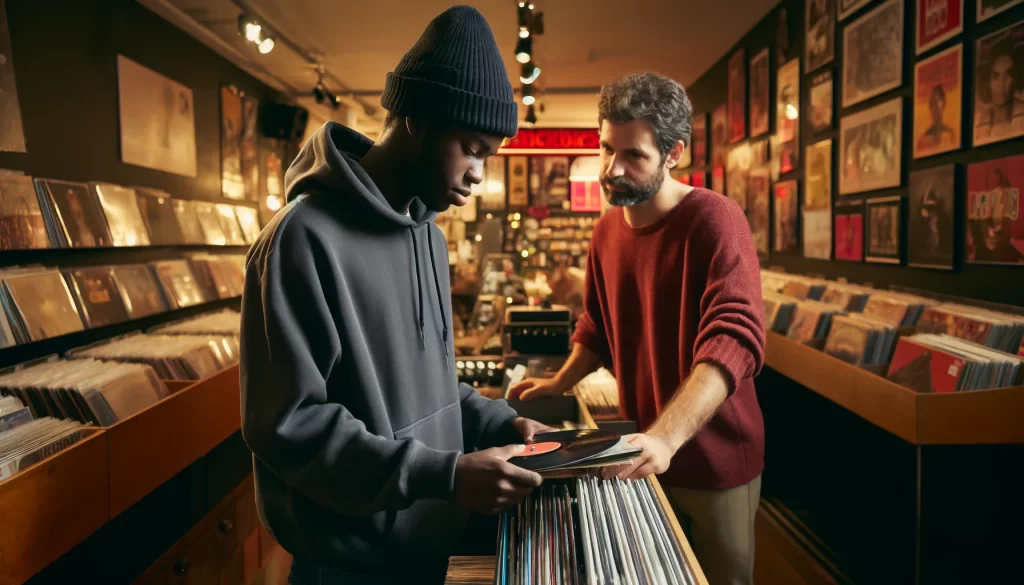Grime music is deeply rooted in a DIY ethos that has shaped its culture and community from the very beginning. This independent spirit has been a driving force behind the genre’s success, allowing artists to maintain creative control and authenticity. From self-releasing tracks to organizing underground raves, grime artists have always been self-sufficient and resourceful.
In the early days, grime was primarily distributed through pirate radio stations and white-label vinyl. Artists like Wiley and Dizzee Rascal would record tracks in home studios and distribute them directly to fans, bypassing traditional music industry channels. This grassroots approach created a strong sense of community and allowed grime to flourish outside the mainstream.
Today, the DIY ethos of grime continues to thrive. Social media and digital platforms have made it easier than ever for artists to release music independently and connect with audiences worldwide. Platforms like Bandcamp and SoundCloud have become essential tools for grime artists, providing a space to share their music and build a following.
Moreover, the independent spirit of grime extends beyond music production. Artists often take on multiple roles, from directing their own music videos to designing merchandise and promoting events. This hands-on approach not only keeps costs low but also ensures that their vision remains intact.
Grime’s DIY culture is a testament to the resilience and creativity of its artists. It has allowed the genre to remain authentic and true to its roots, even as it gains mainstream recognition. The independent spirit of grime is a crucial part of its identity, inspiring a new generation of artists to take control of their own destinies and continue pushing the boundaries of the genre.


